Born in Kothreas on Kefalonia, Panagis Kavvadias was to be the archaeologist who associated his name with the unveiling of one of the most important monuments in world culture. The ancient theatre of Epidaurus.
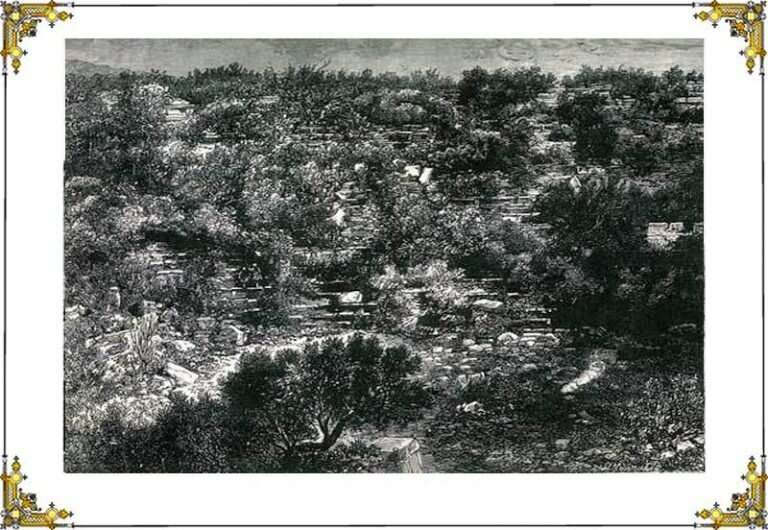
Kavvadias was born in 1850 and studied philology at the Kapodistrian University of Athens and archaeology at the University of Munich on a scholarship. From 1879 he worked at Archaeological Service, where he did important archaeological and administrative work.
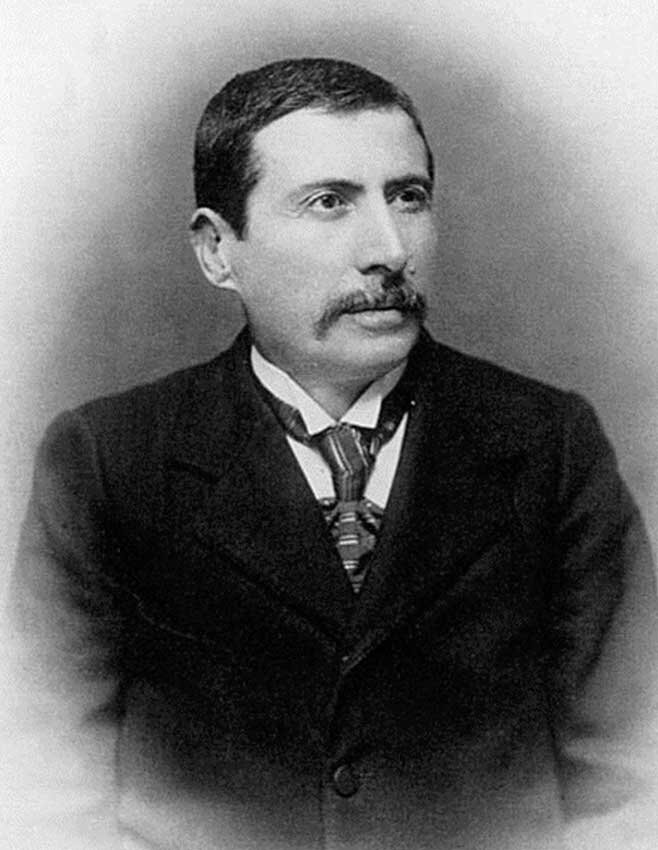
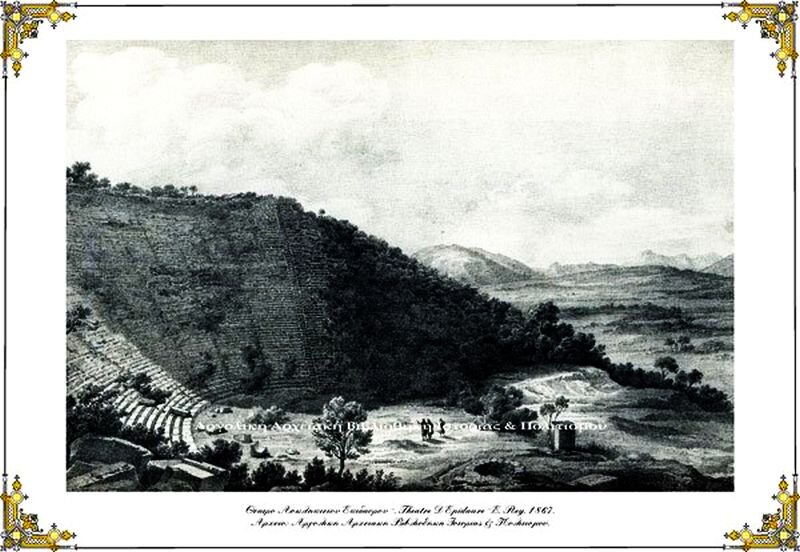
In 1881 he succeeded in obtaining from the Hellenic Archaeological Society only 800 drachmas to begin excavations for the ancient theatre of Epidaurus. This had already been preceded by a failed excavation by French archaeologists, namely the French Archaeological Scientific Committee of Morea, but the tenacious Kefalonian archaeologist was determined to continue his research for the “archaeological discovery of the century” with priceless finds.
Kavvadias was the one who, by systematically exploring the sanctuary of Asclepius, found Mount Kynarteio under a dense forest that would reveal the famous theatre that was the work of Polykleitos. Built in the 4th century BC, the theatre was expanded in the 2nd century, had a capacity of 14,000 spectators and is now protected by UNESCO, as it is considered a true architectural landmark of great cultural and archaeological importance. The shocking acoustics of the theatre, especially for a space of this size, still impress today. The archaeologist, who had systematically read all the indications of the ancient writers, especially Pausanias, realized that the slope that formed a gentle hollow would logically hide the ancient theatre underneath.
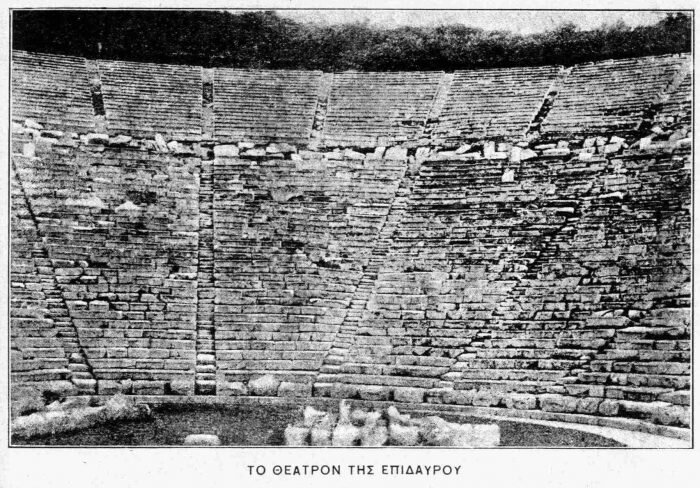
He uncovered all the important monuments in the area, although he was later accused of not being careful with them, causing them considerable damage. But he was the one who uncovered the theatre and provided the first restorative interventions. A short time later, in 1885, he began work on the Acropolis, excavating it from one end to the other and founding the first Acropolis Museum, while many of his discoveries adorn the current new museum.
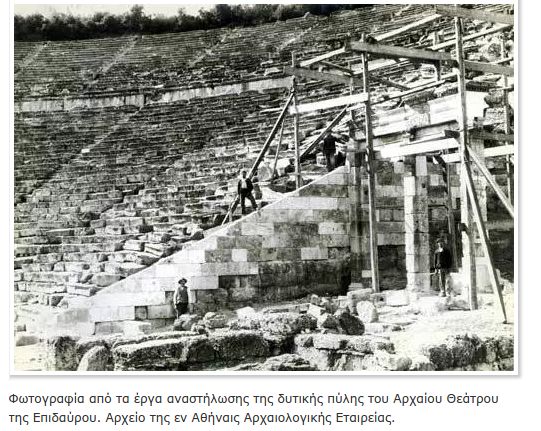
Finally, we should not forget his important discoveries in Kefalonia, but also the fact that many of the objects he found on the island where he was born were exhibited in the first archaeological museum of Argostoli, founded by Germanos Calligas and housed together with the Public Library of Kefallinia.





